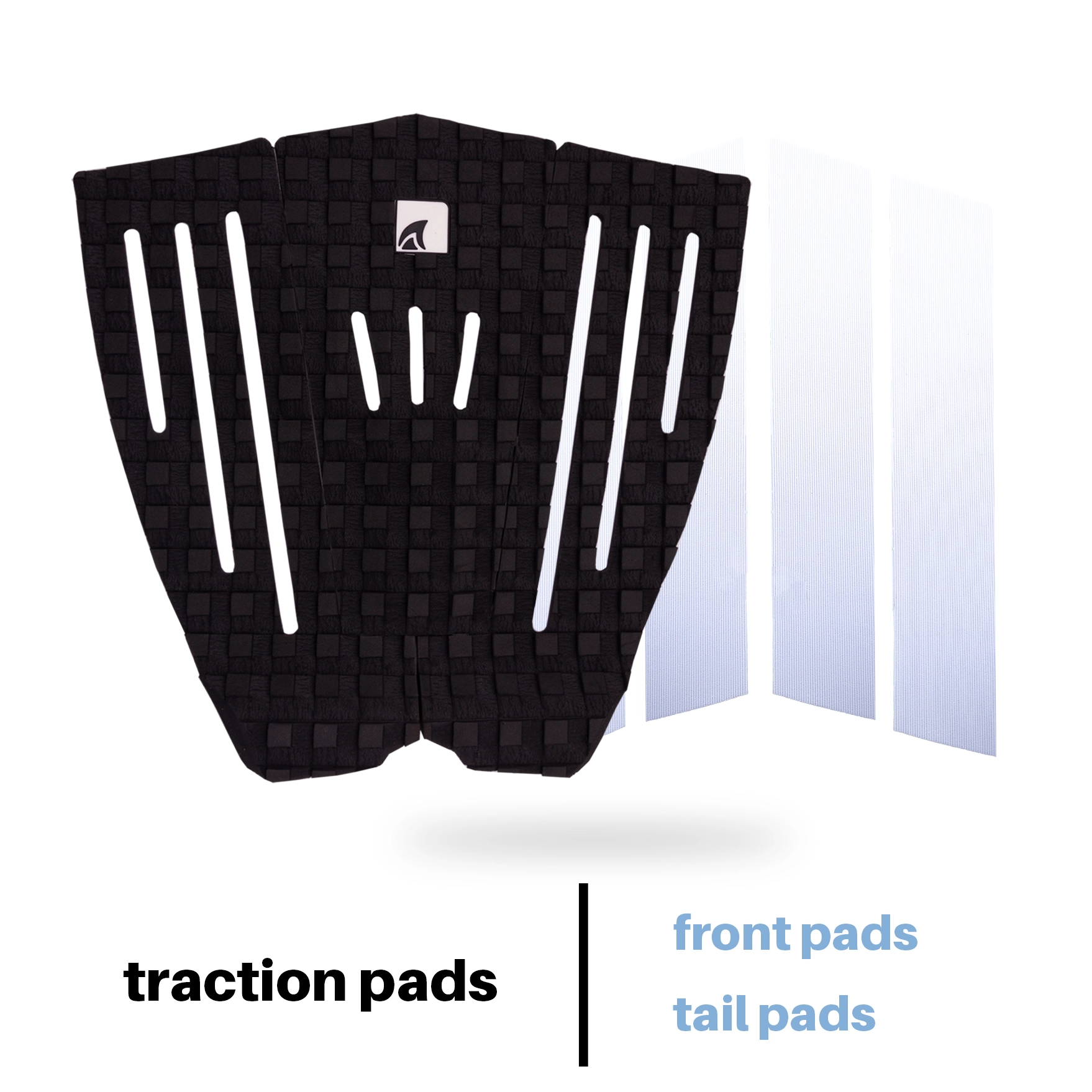When examining a surfboard, you’ll often find the dimensions written at the bottom of the board, along with the brand name. While a quick visual assessment can provide a general idea of the board’s characteristics, having precise measurements is crucial for truly understanding its size. In this article, we will walk you through the process of interpreting surfboard dimensions.
How to read the dims
What it means and what it does not say
imperial to metric
All surfboards express their measurements in feet and inches. If you’re more accustomed to metric units, don’t worry—converting these measurements is not as complicated as it may initially seem. Let’s break it down:
To further clarify, remember that there are 12 inches in one foot. For example, if a board is labeled as 5’11”, adding one inch brings it to 6′. Additionally, when the inch measurement includes a fraction, such as 20 ½ inches, it means you have 20 inches plus an additional half inch.
What’s Always written
Now, let’s explore the different dimensions typically provided for surfboards:
Although the main focus of this article is to help you understand how to read surfboard dimensions, it’s important to mention a general rule of thumb regarding board size. In most cases, a larger board with a longer length, wider width, and thicker thickness tends to be easier to surf and enables you to ride less-than-ideal waves at the cost of maneuverability. This holds true until the board becomes excessively oversized for your skill level, at which point the benefits diminish and become disadvantages. Finding the right balance is crucial, as there is a fine line between a board that performs well for you and one that hinders your surfing abilities.
What can also be written
Additionally, more information may also be provided on the board, including:
What’s missing
While this article focuses on dimensions, it’s worth noting that there are additional factors that influence a surfboard’s performance, even though they are not explicitly written on the board. These factors include:
These non-exhaustive factors, along with a multitude of others, demonstrate that analyzing a surfboard goes beyond what is explicitly written on it. While the written dimensions provide a useful baseline for comparison, they do not encompass every aspect of a board’s performance. In fact, two boards with the same written dimensions can serve two different purposes and perform differently in the water.

That’s why to gain a thorough and comprehensive understanding of a surfboard, it is crucial to both physically handle it, allowing you to feel and see its shape and characteristics, and carefully consider the written description provided. Keep in mind that each surfboard shape is distinctive, and the possibilities for variation are endless. The search for the perfect board is an ongoing and never-ending journey for countless surfers, fueled by the unwavering desire to discover the ultimate combination of dimensions, shape, and performance that perfectly aligns with their individual preferences, surfing style, and waves.
Did we miss something? Would you add anything? or do you have any questions that we could answer?
Do not hesitate and leave us a comment down there.
If you need any surfing equipment, have a look at our performant and accessible Fins , Traction Pads, and Leashes, we deliver worldwide!










Leave a Reply